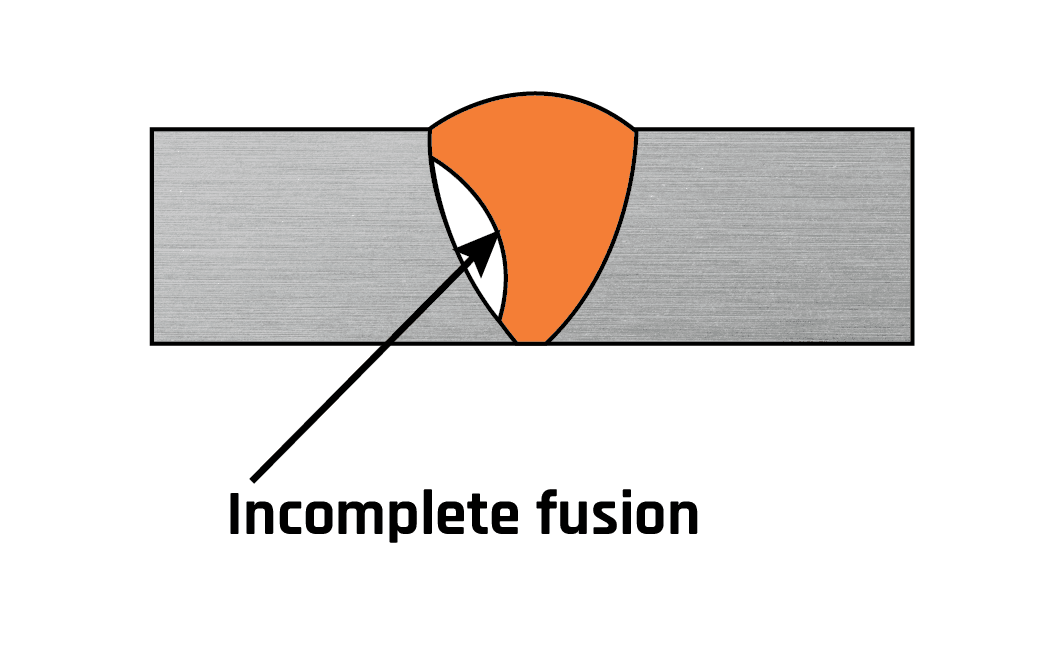Just How to Prevent Weld Undercut: Crucial Tips for Welders
Just How to Prevent Weld Undercut: Crucial Tips for Welders
Blog Article
Mastering the Art of Welding: Just How to Avoid Undercut Welding Issues for Flawless Manufacture Results
By recognizing the origin causes of undercut welding and carrying out reliable techniques to avoid it, welders can raise their craft to brand-new degrees of excellence. In the search of perfect manufacture outcomes, mastering the art of welding to avoid undercut problems is not just an ability yet a need for those striving for perfection in their work.
Comprehending Undercut Welding

To prevent undercut welding, welders must guarantee correct welding specifications, such as readjusting the current, voltage, traveling speed, and preserving the proper electrode angle. Additionally, utilizing the appropriate welding method for the details joint configuration is necessary. Employing weaving movements or backstepping strategies can help guarantee correct weld steel deposition and decrease the probability of undercut development. Regular evaluation of welds throughout and after the welding procedure is likewise vital to capture any undercut early and make needed changes to stop additional flaws. Preventing weld undercut. By recognizing the sources of undercut welding and implementing precautionary procedures, welders can attain high-quality, structurally sound welds.
Reasons of Undercut in Welding
Recognizing the variables that add to damage in welding is crucial for welders to generate high-grade, structurally audio welds. When the weld steel does not effectively load the groove created between the base metal and the previously deposited weld metal, damaging takes place. A number of elements can result in damage in welding. One usual cause is extreme warmth input. Welding at high temperatures for prolonged durations can result in the base metal thawing more than desired, leading to damage. Insufficient welding current or wrong welding rate can likewise add to damage. Inadequate current may not give sufficient heat to thaw the base and filler metals properly, while too much speed can prevent appropriate fusion, creating undercut. Furthermore, incorrect electrode angles or incorrect lantern manipulation strategies can create locations of low weld steel deposition, promoting undercut. Recognizing these causes and applying proper welding strategies can help stop undercutting problems, ensuring long lasting and solid welds.
Techniques to avoid Undercutting

To mitigate the danger of damaging in a knockout post welding, welders can employ calculated welding techniques targeted at boosting the high quality and honesty of the weld joints. One reliable method is to adjust the welding specifications, such as voltage, existing, and take a trip rate, to ensure proper heat input and deposition. Preserving an appropriate electrode angle and making sure regular traveling rate can additionally aid protect against undercut. Additionally, using the correct welding technique for the particular joint setup, such as weave or stringer beads, can contribute to decreasing undercutting. Preventing weld undercut.
Employing back-step welding strategies and managing the weld grain account can additionally assist distribute warm evenly and decrease the danger of undercut. Normal evaluation of the weld joint throughout and after welding, as well as executing high quality guarantee procedures, can help in resolving and discovering undercutting concerns immediately.
Relevance of Appropriate Welding Criteria
Selecting and preserving ideal welding parameters is vital for attaining effective welds with minimal problems. Welding specifications describe variables such as voltage, existing, travel speed, electrode angle, and protecting gas circulation rate that directly affect the welding procedure. These criteria have to be carefully adjusted based upon the kind of material being welded, its thickness, and the welding method used.
Correct welding criteria ensure the correct amount of heat is applied to melt the base metals and filler product uniformly. If the parameters are set too expensive, it can lead to excessive heat input, causing spatter, burn-through, or distortion. On the various other hand, if the criteria are also reduced, insufficient combination, lack of penetration, or damaging might happen.
Quality Control in Welding Operations

Conclusion
In conclusion, understanding the art of welding needs a comprehensive understanding of undercut welding, its causes, and strategies to avoid it. By ensuring correct welding specifications and implementing top quality assurance practices, remarkable fabrication outcomes can be accomplished. It is essential for welders to consistently pursue excellence in their welding operations to avoid undercut issues and create top notch welds.
Undercut welding, a typical issue in welding processes, occurs when the weld metal doesn't properly fill up the groove and leaves a groove or depression along the welded joint.To prevent undercut welding, welders must ensure appropriate welding parameters, such as changing the existing, voltage, travel rate, and keeping the appropriate electrode angle. Poor welding incorrect or existing welding rate can also contribute to damage.To mitigate the danger of damaging in welding, welders can use tactical welding strategies intended at enhancing the high quality and honesty of the weld joints.In conclusion, grasping the art of welding needs a comprehensive understanding of undercut welding, its causes, and strategies to stop it.
Report this page